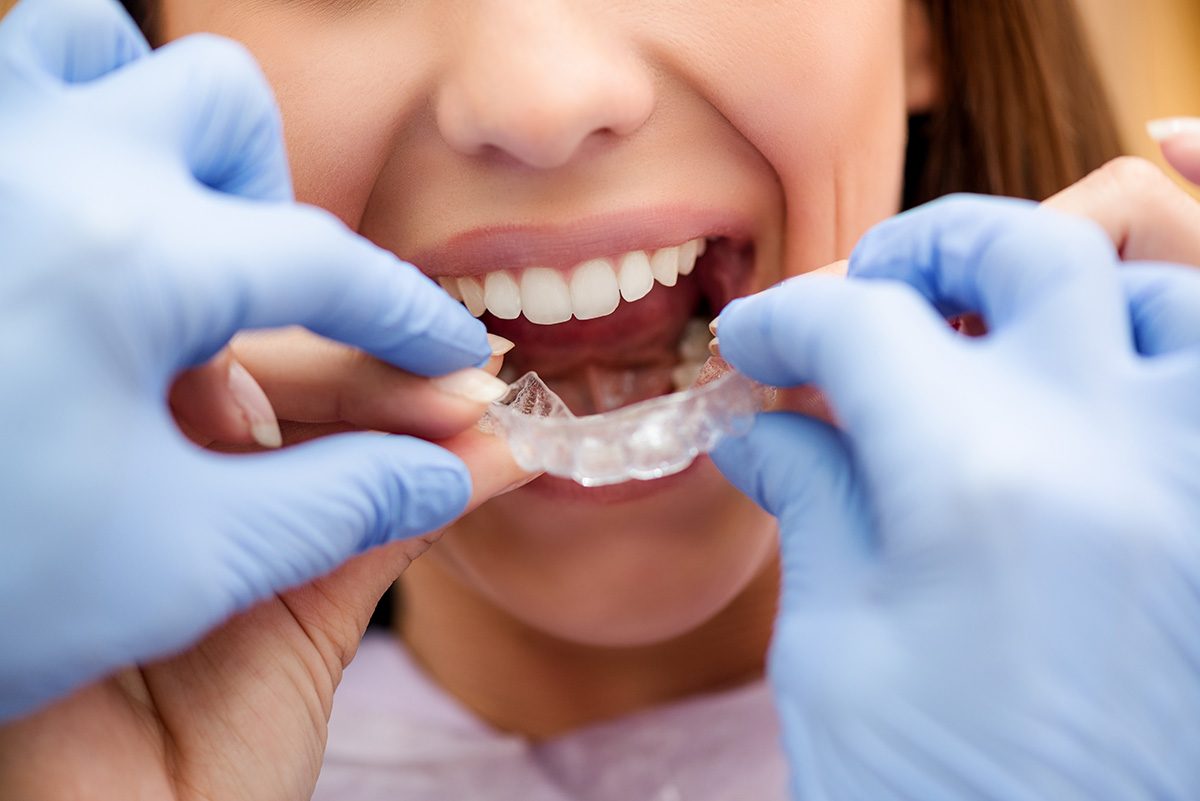An Unbiased View of Legacy Orthodontics
An Unbiased View of Legacy Orthodontics
Blog Article
Legacy Orthodontics Fundamentals Explained
Table of ContentsUnknown Facts About Legacy OrthodonticsGetting The Legacy Orthodontics To WorkLegacy Orthodontics for DummiesFacts About Legacy Orthodontics RevealedThe Buzz on Legacy Orthodontics
In enhancement, we provide adjustable treatment routines, versatile payment choices and a fun, enjoyable experience.An orthodontist is a dental expert educated to detect, stop, and treat teeth and jaw irregularities. They fix existing conditions and are trained to recognize troubles that may create in the future. Orthodontists deal with individuals of all ages, from youngsters to grownups. People often associate a perfect smile with health.
Malocclusion, or misaligned teeth, can lead to dental problems, consisting of dental caries, gum condition, and challenging or unpleasant chewing. But not every person is birthed with straight teeth. If you have a bad bite or large areas in between your teeth, you may intend to seek advice from a dental professional concentrating on orthodontic treatment.
Getting The Legacy Orthodontics To Work
( Image Credit Score: DigitalVision/Getty Images) Orthodontists use repaired and detachable dental devices, like dental braces, retainers, and bands, to transform the placement of teeth in your mouth. Orthodontic treatment is for oral problems, including: Jagged teethBite issues, like an overbite or an underbiteCrowded teeth or teeth that are as well far apartJaw misalignmentThe objective of orthodontic treatment is to boost your bite.
While you might believe of orthodontists as generally for kids or teenagers who require dental braces, they can fix oral problems at any age. Orthodontists go to university, oral school, and orthodontic college.
, yet not all dental experts are orthodontists. They focus on two locations: How to correctly and safely relocate teeth Exactly how to effectively lead growth in the teeth, jaw, and faceOnce an orthodontist has finished training, they have the option to become board accredited.
Getting The Legacy Orthodontics To Work
Imbalance, or malocclusion, is the most usual factor people see an orthodontist. It is hereditary and is the result of size distinctions in between the upper and lower jaw or between the jaw and teeth. Malocclusion brings about tooth overcrowding, an askew jaw, or uneven bite patterns. Malocclusion is typically treated with: Your orthodontist connects metal, ceramic, or plastic square bonds to your teeth.
If you have only small malocclusion, you might dig this be able to use clear dental braces, called aligners, rather than traditional braces (https://legacy-orthodontics.webflow.io/). Some people require a headwear to help move teeth right into line with stress from outside the mouth. After braces or aligners, you'll need to use a retainer. A retainer is a customized tool that maintains your teeth in location.
They're frequently used on youngsters. They can create additional area in the mouth without needing to draw teeth. If you have a severe underbite or overbite, you may require orthognathic surgery (also called orthodontic surgical treatment) to extend or reduce your jaw. Orthodontists make use of wires, medical screws, or plates to support your jaw bone.
You might require to see an orthodontist if you have: Crowding or otherwise enough room for all of your teethOverbite, when your top teeth come over your base teethUnderbite, when your base teeth are also far forwardSpacing or problems with gapsCrossbite, which is when your upper teeth fit behind your bottom teeth when your mouth is closedOpen bite or a vertical space between your front base and top teethMisplaced midline, when the facility of your base and top teeth do not align Dealing with a dental malocclusion can: Make attacking, chewing, and speaking easierImprove the symmetry of our face and your overall appearanceEase discomfort from temporomandibular joint disordersDifferent your teeth and make them simpler to clean up, helping prevent dental caries or dental caries It's often a dental expert who first notices misaligned teeth during a routine exam.
Legacy Orthodontics Things To Know Before You Buy

Throughout your initial orthodontic appointment, you'll likely have: An oral examPhotos taken of your face and smileDental X-raysPanoramic (360 degree) X-rays of your face and headImpressions to develop molds of your teethThese tests will certainly assist your orthodontist understand just how to wage your therapy. invisalign. An orthodontist is a dental professional that's had training to treat your teeth and jaw
An orthodontist is focused on your bite, so something like a damaged tooth would be taken care of by a dental expert. Orthodontists are focused on your bite, or the method your teeth fit together, and the straightness of your teeth.
Ever wondered just how celebs constantly seem to have flawlessly straightened teeth? Orthodontists are dental experts that concentrate on fixing abnormalities in the teeth and jaws.
The Basic Principles Of Legacy Orthodontics

, orthodontists have a varied toolkit at their disposal. These reliable dental braces utilize a system of braces bound to the teeth and linked by cables.
Clear aligners, like Invisalign, are a prominent option for individuals seeking an extra very discreet treatment option. These detachable trays are custom-made to progressively change the teeth's placement. Headwear might be utilized together with braces or aligners to apply extra targeted pressures, specifically for fixing jaw inconsistencies. In cases of slim jaws, palatal expanders can be used to create area for correct tooth alignment.
Report this page